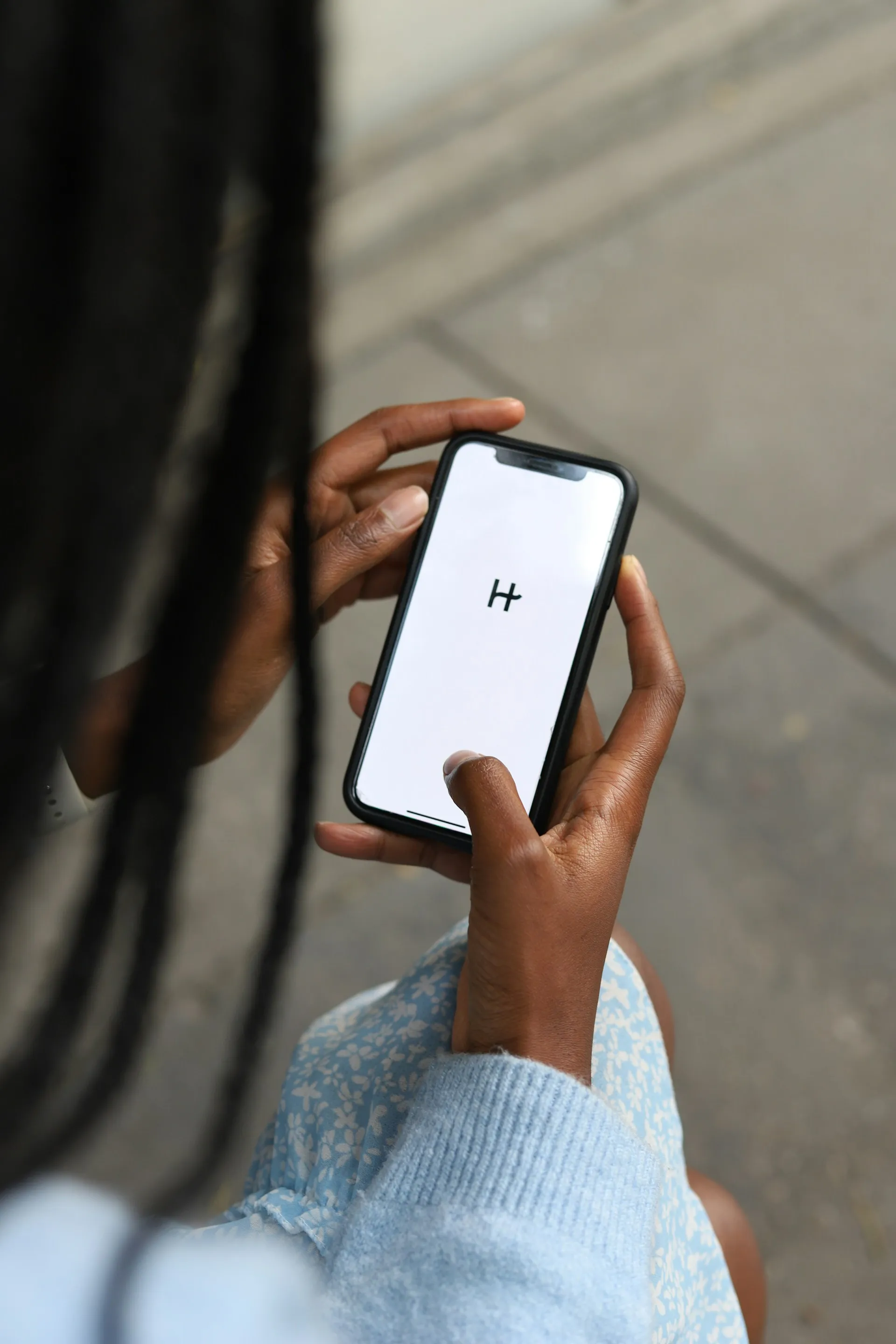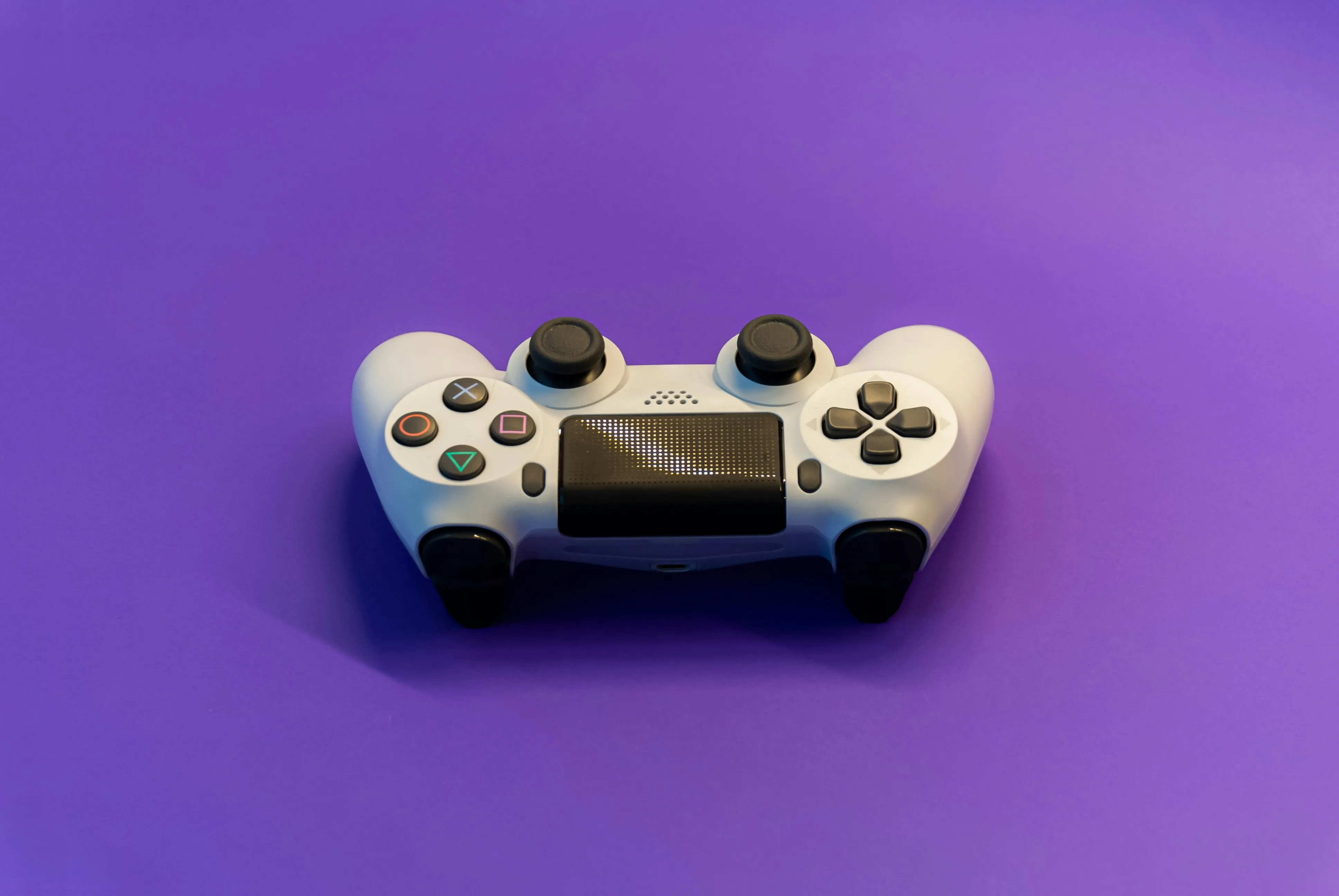You may already know that you can build a functional circuit on a sheet of paper with the graphite from a pencil, but you'd probably never think of using it to fix an electronic device. This same principle can be used to bring back a bricked phone, but can also repair a damaged or corroded trace in a printed circuit board.

Redditor 404ClueNotFound spilled water on his favorite computer keyboard (like so many of us have done before). The damage was minimal, but after drying it out, one key still wouldn't work. He didn't want to throw out the whole keyboard over one broken key, so he opened it up to find out what was causing the problem.
He noticed a small corroded area on the circuit board and tried fixing it with aluminum and a copper wire, but to no avail. Some research suggested that graphite may be a good conductor, in lieu of expensive conductive ink, so he decided to give it a try. The graphite from a regular pencil was enough to bridge the gap in the circuit and get the key working again.
The fix is really simple. All you have to do is draw over the corroded area a few times with a pencil. You can see the graphite a little to the right of the pencil lead in the photo below.

This trick isn't just good for keyboards—it should fix light damage to the PCB in other electronics like a GPS, game controller, or remote control. Depending on the design, it can also work for a laptop keyboard if the flexible circuit board isn't too hard to get to due to other components. Just keep in mind that the circuit paths may be printed on both sides.
Have you ever tried an unconventional fix like this one? Share it with us in the comments below.
Printed circuit image via Shutterstock



















Comments
Be the first, drop a comment!